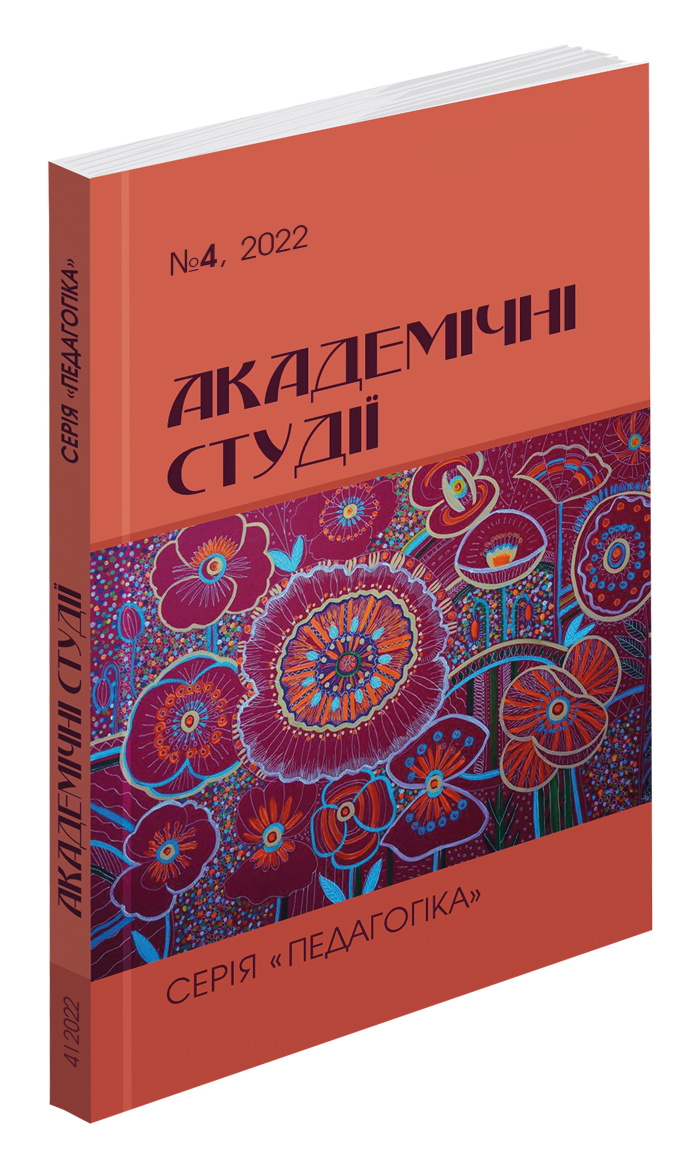Abstract
The article deals with current trends in the translation industry, which are reflected in the peculiarities of the training of future translators, who must be competitive and ready to work in the conditions of the modern labor market after training. The peculiarities of the Ukrainian translation industry are presented, taking into account the modern processes of internationalization, globalization and digitalization. The change in the perception of the translator in the modern world, his role and the evolution of the translator’s competence in the confrontation with a large volume and variety of texts for translation in the new conditions of digitalization are analyzed, in particular, under the condition of the formation of competence in the use of machine translation and automated translation systems. The translator becomes the embodiment of the translation project with a multitasking functionality aimed at decoding the mental identity of the respective nations through translation. The concept of “localization” is considered in a broader context for translation activity and the role of localization in modern translation strategy has been analyzed. The article highlights the concept of “translator’s invisibility” in the context of modern changes in the market of translation services. Modern new methods and types of translation, such as post-editing, audiovisual translation, including subtitling, transcreation, audio description, have been also considered and analyzed. As a result, appropriate soft skills should be added to the competence of the translator, which will provide him with the opportunity to work in a team on translation as a project and to perform many organizational tasks related to translation activities, in addition to the translation process itself, the ability to own modern translation information technologies (machine translation, CAT) and the ability to localize translation and apply appropriate strategies when performing new types of translation.
References
Бахов І.С. Субтитрування в перекладі як інструмент формування професійної ідентичності перекладачів в умовах глобалізації. Науковий вісник Міжнародного гуманітарного університету. Серія «Філологія». 2019. № 38. С. 30–35.
Бойчук А., Олексишина Л. Транскреація як новий підхід до перекладу рекламних текстів і слоганів. Науковий вісник Чернівецького національного університету імені Юрія Федьковича. Серія «Германська філологія». 2021. С. 18–24.
Гладкая Н. Нелокальная локализация: как перевести игру на 7 языков и не налажать. Strategium.ru. URL: https://www.strategium.ru/forum/topic/59437-nelokalnaya-lokalizatsiya-kak-perevesti-igru-na-7-yazyikov-i-nenalazhat/ (дата звернення: 01.02.2023).
Притиченко Г. Сучасні тенденції у перекладознавстві та їх вплив на роботу перекладача. Молодий вчений. 2021. № 12 (100). С. 222–225. URL: https://doi.org/10.32839/2304-5809/2021-12-100-45 (дата звернення: 31.01.2023).
Цвєркун Ю. Тенденції перекладацької галузі у 2021 році. URL: https://profpereklad.ua/ru/tendenciiperevodcheskoj- otrasli-v-2021-godu/.
Bielsa E. Routledge Handbook of Translation and Media. Taylor & Francis Group, 2021.
Venuti L. The Translation Studies Reader / ed. by L. Venuti. 4th ed. Abingdon, Oxon; New York: Routledge, 2021. URL: https://doi.org/10.4324/9780429280641 (date of access: 01.02.2023).

